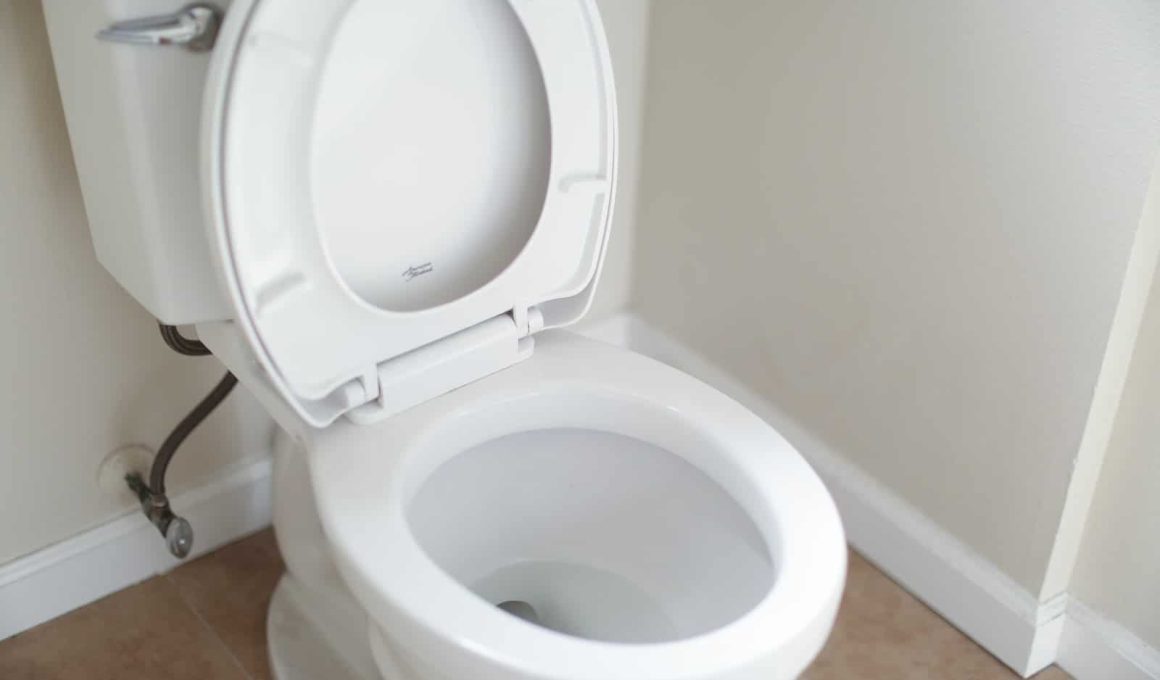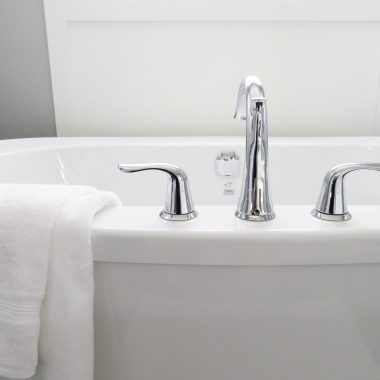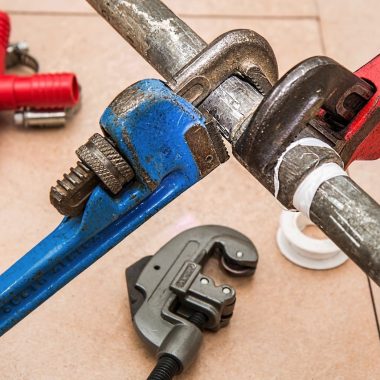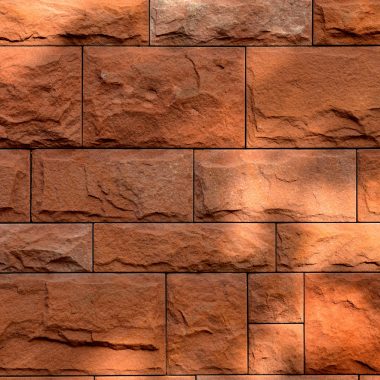Toilet flappers are one of the insignificant parts of the water closet, yet they matter a lot. They open and close the water supply valve to flush the toilet.
They are usually installed at the bottom of the toilet’s tank or bowl. These devices aim to prevent clogs in the pipes.
However, there are different types of toilet flappers, and we should understand each. Read on as we have discussed them in this article.
How Do Toilet Flappers Work?
Toilet flappers work by opening and closing the water supply valve. When you turn off the water supply valve, it closes the water supply valve. This happens so that the water will flow into the pipes when you turn on the faucet again.
But if the water supply valve doesn’t close properly, it will remain open until the water pressure drops below a certain level.
This means the water supply valve will stay open even after turning off the faucet. In such cases, the water will keep flowing out of the pipes.
A good toilet flapper is necessary if you do not want your toilet to run continuously. The toilet flapper will help you stop the continuous flow of water. It will also ensure the water supply valve remains closed for extended periods.
Different Types of Toilet Flappers
1. Seat Disk Tank Flapper
This flapper is the oldest among the different types of toilet flappers available. It was first introduced in 1885. Seat disk tank flappers consist of two disks that fit over the top of the tank.
One disk has an opening, while the other does not. If you lift the cover plate, you can see the opening. This device allows you to control the amount of water entering the tank.
The seat disk tank flapper was the most common toilet flapper because it worked well. However, it does need some maintenance.
For example, you need to clean the openings regularly. Also, the seats tend to wear out quickly. So, you may need to replace these seats every few years.
2. Non-Adjustable Rubber Tank Flapper
Rubber flappers, invented in the 1970s, are the most common flappers in modern homes. Non-adjustable rubber flappers have a plastic ring.
The plastic ring fits around the tank’s rim. However, there is no opening in the plastic ring. You must only pull the handle down to open the water supply valve. Then, you can release the handle to close the valve.
You can adjust the non-adjustable rubber flapper according to how much water you want to let go into the tank. But you cannot adjust the height of the plastic ring.
You must be careful about the tank’s size. Otherwise, the plastic ring might get stuck inside.
In addition, the rubber flapper needs regular cleaning. You can remove dirt using soap and warm water. Also, you can wipe the rubber flapper with a damp cloth.
3. Adjustable Rubber Tank Flapper
Adjustable rubber flappers are like non-adjustable ones, but they allow you to adjust the height of the flapper.
You can adjust the height of the adjustable rubber flapper by pulling up or pushing down on the handle. This allows you to let less or more water go into the tank.
However, adjusting the height of the adjustable flapper may require some effort. And you may have to readjust the height frequently.
4. Plastic Tank Flapper
Plastic flappers are relatively new. Made from polypropylene, they are durable and easy to install.
They are very effective at stopping the continuous water flow into the tank and are easy to maintain. All you need to do is wash them with hot, soapy water.
But if you have a large tank, you should consider installing a larger flapper.
5. Tank Ball Toilet Flapper
A tank ball flapper is another type of toilet flapper. It consists of a ball on the top of the tank and a rod that goes through the ball.
When you push the ball down, it opens the water supply valve. And when you release the ball, it closes the valve again.
This flapper works like a toilet plunger. Therefore, it is useful for removing clogs. It also helps prevent overflow when insufficient pressure exists in the water system.
However, it requires considerable force to operate. Also, it tends to leak after some time.
When to Replace a Toilet Flapper?
Toilet flappers last for many years. However, they eventually fail. That’s why you should always check your flapper before replacing it.
If you notice any signs of damage, you should replace the flapper immediately. If you see rusting or corrosion, you should clean the flapper thoroughly using soap and warm water. After cleaning, apply a coat of paint.
Also, make sure that the flapper is working correctly. Check whether or not it is closing the valve correctly. If it does not work as expected, then you should replace it.
Conclusion
The toilet flapper is an essential part of the toilet. It prevents overflow and keeps the toilet clean.
Therefore, you should pay close attention to its condition. If you notice any problems, you should replace it immediately.









